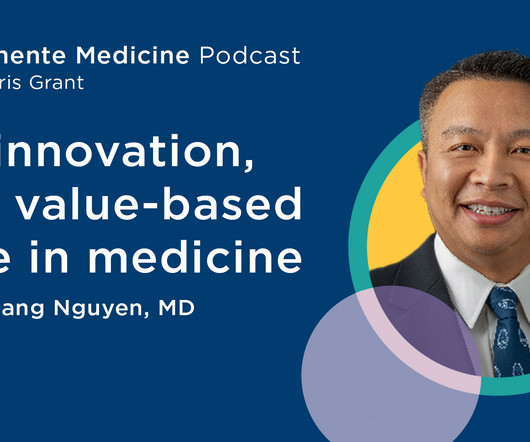Podcast: AI, innovation, and value-based care in medicine
Permanente Medicine
MAY 20, 2025
” Related AI scribes story: Analysis: AI scribes save physicians time, improve patient interactions and work satisfaction Dr. Nguyen also highlighted the potential to utilize artificial intelligence and Kaiser Permanente’s extensive medical database to develop predictive analytic models aimed at enhancing patient care.












Let's personalize your content